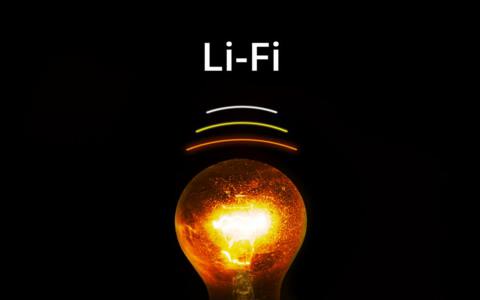The Institute of Electrical and Electronics Engineers has officially declared 802.11bb as the standard for light-based wireless communications, known as Li-Fi. Li-Fi technology utilises LED light bulbs as routers and operates on optical wireless communications (OWC) instead of radio frequencies like Wi-Fi.
Blazing Speeds of Li-Fi
Li-Fi boasts an impressive speed of up to 224 GB per second, making it 100 times faster than WiGig, the fastest Wi-Fi in the 60GHz frequency band, with a maximum speed of 7GB per second. Such incredible speeds enable users to download nearly 20 high-resolution movies in a single second, opening up new possibilities for AR/VR, gaming, and IoT-based smart appliances.
Advantages of Li-Fi
Li-Fi’s operation in the optical spectrum offers higher reliability, lower latency, and reduced eavesdropping and jamming risks. It also facilitates centimetre-precision indoor navigation, making it a promising solution for various applications.

How Li-Fi Works
To utilise Li-Fi, users need a Li-Fi-equipped LED bulb in their room, as light cannot penetrate walls like radio waves. This limitation reduces the risk of interference and eavesdropping, providing a secure and efficient communication method.
The Future of Li-Fi Devices
Leading communication firm, pureLiFi, is set to release its Li-Fi device called Light Antenna One. This device is positioned as a faster and safer alternative to Wi-Fi and is nearing mass production. However, pricing details have not been disclosed yet.
As Li-Fi technology advances, its potential to revolutionise wireless communication and connectivity becomes increasingly apparent. The standardisation by the IEEE sets the stage for broader adoption, and we can expect Li-Fi to play a significant role in our interconnected world.
